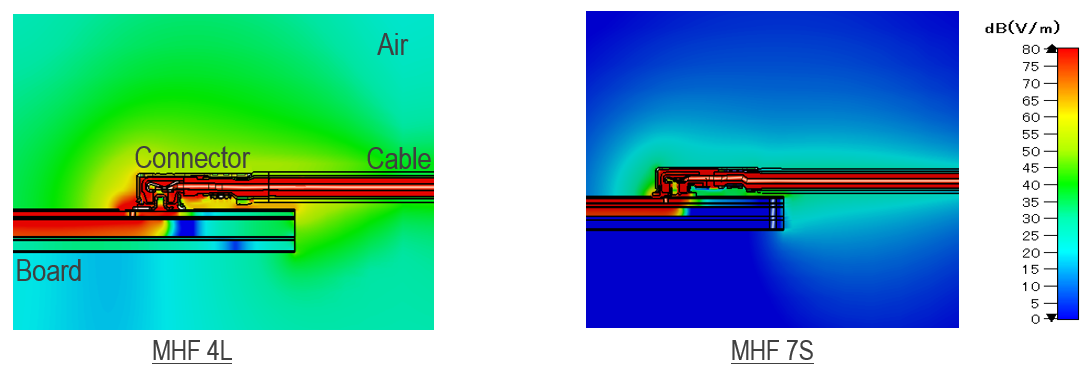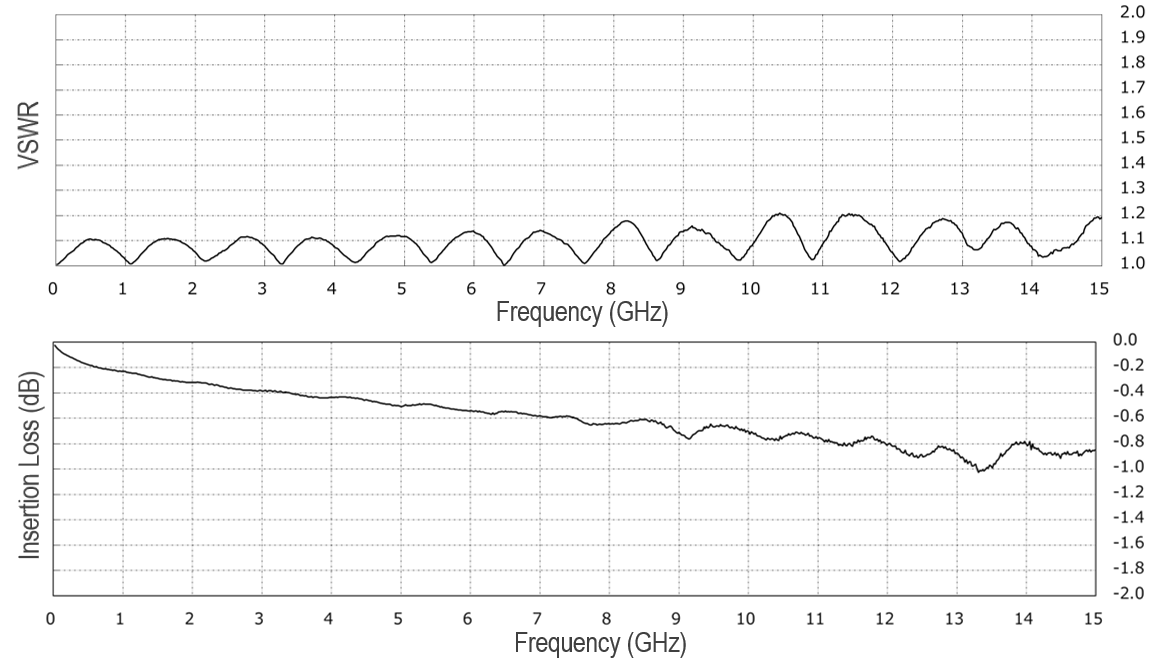5G Connectors: Enabling the 5G Vision
In 2019, 5G started large commercial deployments globally. What led us to this transformative and evolutionary step in communication? 5G chipset makers, network equipment OEMs, standard bodies, and legions of companies who contributed to make 5G a reality. 5G has been in development for years from research initiatives to commercial deployment. Along the way there are many educational failures before the success that companies bring to market and change the world.
Connectors are often-overlooked components of electronic devices. While not a core function of a device like LTE or Wi-Fi, connectors are critical infrastructure. Connectors get a signal from one place to another, ideally with minimal signal degradation or distortion.
Connectors have played a key role in communication since Morse Code and the telegraph to cellular communications and the ubiquity of Wi-Fi in our daily lives. For the last several years, the complexities and problems connectors solve in every iterative generation for consumer electronics have revolved around miniaturization.
There has been a steady downsizing, both in footprint and in mated height, from the MHF®I to MHF®5 Micro-RF Coaxial Connectors from I-PEX Connectors to FPC within devices with modest improvements for electrical performance benchmarks, such as VSWR and Insertion Loss (IL). Given the requirements of new technology this trend is no longer feasible. 5G inspires us to do more.
The requirements of 5G connectors challenge manufacturers to improve not only s-parameters (VSWR & IL) but also increase the shielding effectiveness of the connector mated pair and harness. This reduces EMI and improves overall EMC performance of the device.
I-PEX Connectors leads the way with 5G millimeter wave and sub-6 GHz connectors by developing coaxial and board-to-board solutions to enable the first wave of 5G devices. These include smartphones, laptops, mobile hotspots, AR/VR, and fixed wireless access points.
Search: Connectors for 5G Applications
NOVASTACK® 35-HDN Connector
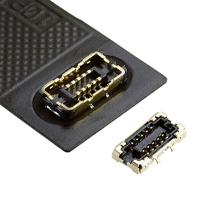
The NOVASTACK 35-HDN Connector is perfect for small spaces required by mobile phones and hotspots utilizing intermediate frequencies (IF) to 15 GHz before converting to mmWave frequencies. Its 0.35 mm pitch and 0.7 mm mated height make placement flexible for design engineers to maximize space. The patented 360-degree shield created by the mated pair greatly reduces EMI compared to a similar unshielded solution. The compact design and shielding is versatile for the challenges faced by smart phone and mobile hotspot engineers where space is critical. Click to watch product video.
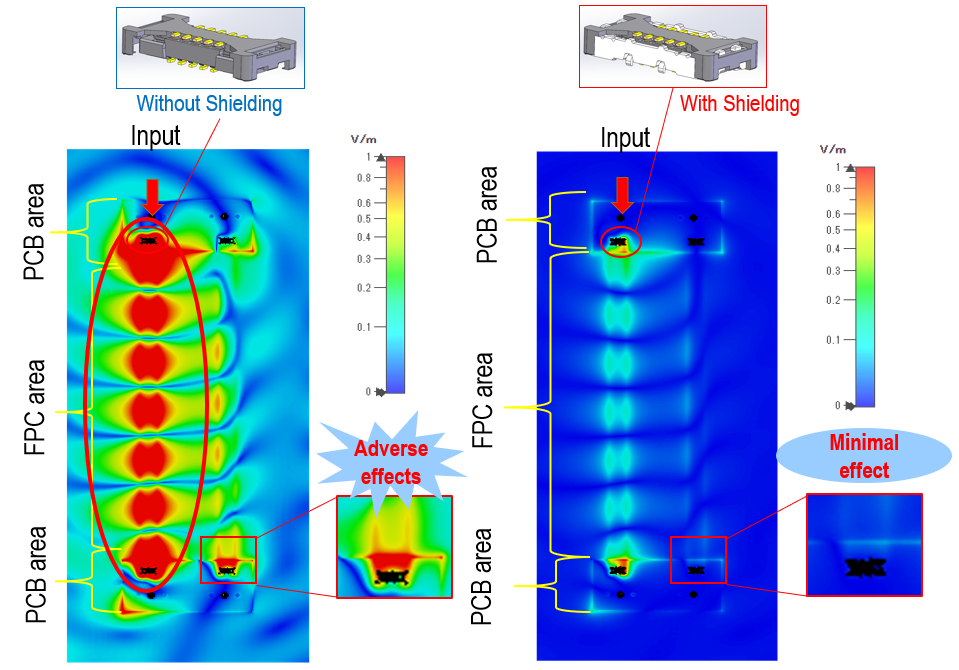
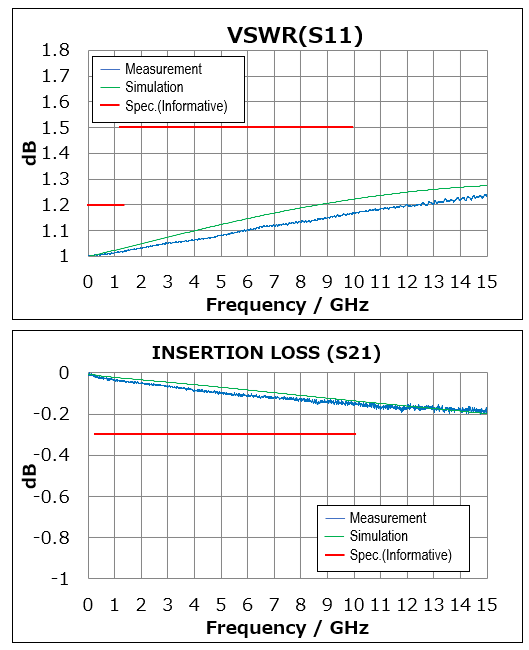
MHF® 7S Connector
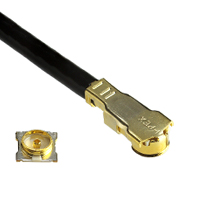
The MHF 7S Micro-RF Coaxial Connector represents a quantum-leap in stamped small form factor connector technology. Leading the way in EMI performance, the MHF 7S Connector redefines the boundaries of what is possible. The revolutionary design eliminates significant sources of EMI when transmitting IF frequencies to enable mmWave frequencies at the antenna module. As devices become more congested with RF signals this feature will aid in reducing noise and assist in passing regulatory emissions tests. In addition to reducing EMI, the MHF 7S Connector also has a 1.5 VSWR max through 15 GHz using a 2.0 mm x 2.0 mm footprint and 1.4 mm mated height. This connector’s superior EMI blocking design is ideal for mmWave devices utilizing intermediate frequencies up to 15 GHz. These devices include small cells, notebook PCs, fixed wireless access, and other CPE devices.
